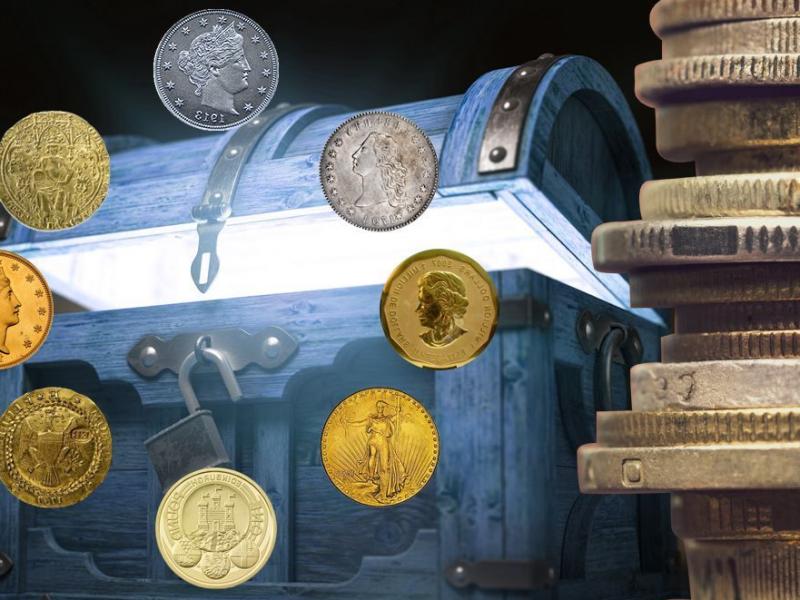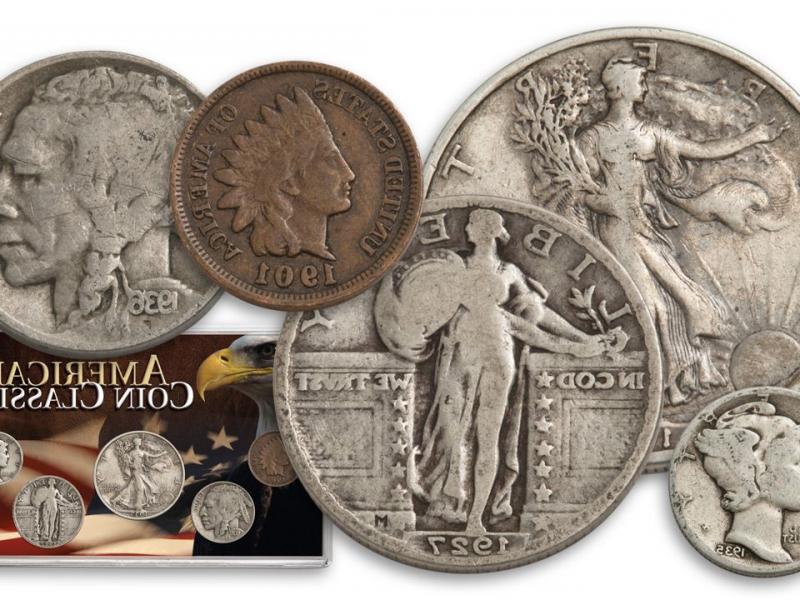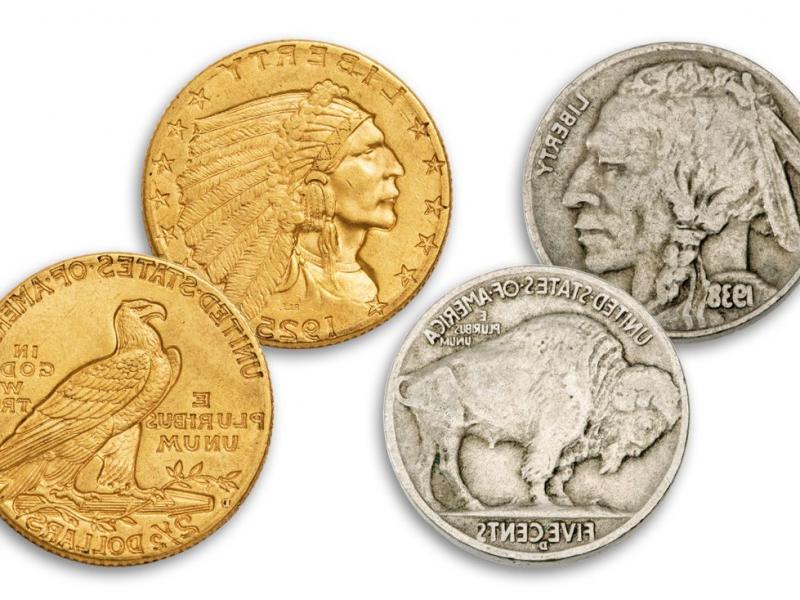Home
›
News
Exploring the Fascinating World of Polish Coins
14.10.2023

Polish coinage holds a significant place in the realm of numismatics, boasting a rich history that spans centuries. From the early medieval period to the modern era, Polish coins have served as a reflection of the country's cultural, political, and economic developments. This article delves into the captivating world of Polish coinage, shedding light on its evolution, notable designs, and cultural significance.
The history of Polish coinage dates back to the 10th century when the first coins were minted under the rule of Mieszko I, the first historical ruler of Poland. Initially, these early coins were influenced by Byzantine and Western European coinage, featuring simple designs and inscriptions. However, as the Polish state grew in power and influence, so did the complexity and artistic value of its coinage https://coinstrail.com/.
One of the most renowned periods in Polish coinage history is the Jagiellonian dynasty, which spanned from the 14th to the 16th century. During this time, Polish coins became highly sought after for their intricate designs and exceptional craftsmanship. The Jagiellonian coins often depicted monarchs, coats of arms, and significant historical events, providing a glimpse into the political and cultural landscape of the era.
In the 17th and 18th centuries, Poland experienced a period of political turmoil and foreign influence, which had a profound impact on its coinage. The Polish-Lithuanian Commonwealth, as it was known at the time, saw the introduction of various coin types, including the popular "thaler" coins, which were widely used in international trade.

The 19th century witnessed significant changes in Polish coinage due to the country's partitioning and subsequent loss of independence. Under foreign rule, Polish coins often featured the emblems and symbols of the occupying powers, such as the Russian ruble or the Austrian florin. However, despite these challenges, Polish national identity remained strong, and the desire for independence was reflected in the clandestine minting of Polish coins during this period.
The 20th century brought about further transformations in Polish coinage, as the country regained its independence following World War I. The interwar period saw the introduction of new designs that celebrated Polish culture, history, and achievements. Notable coins from this era include the 1923 10-zloty coin featuring the image of King Sigismund III Vasa and the 1932 5-zloty coin commemorating the 10th anniversary of Polish independence.
In modern times, Polish coins continue to evolve, reflecting the country's dynamic nature and embracing technological advancements. The introduction of the Polish zloty as the national currency in 1950 marked a new chapter in Polish coinage. Today, Polish coins feature a range of designs, including national symbols, historical landmarks, and cultural icons, showcasing the diversity and heritage of the nation.
Polish coinage holds not only monetary value but also cultural and historical significance. Collecting Polish coins has become a popular hobby among numismatists worldwide, as each coin tells a unique story and represents a piece of Poland's past. Whether it is the medieval denar, the Jagiellonian grosz, or the modern zloty, Polish coins offer a captivating journey through time and a glimpse into the country's vibrant heritage.

In conclusion, Polish coinage stands as a testament to the country's rich history and cultural heritage. From its humble beginnings to the present day, Polish coins have evolved in design and significance, reflecting the political, economic, and cultural developments of the nation. Whether you are a collector, history enthusiast, or simply intrigued by numismatics, exploring the world of Polish coinage is sure to be a fascinating journey into the heart of Poland's past.